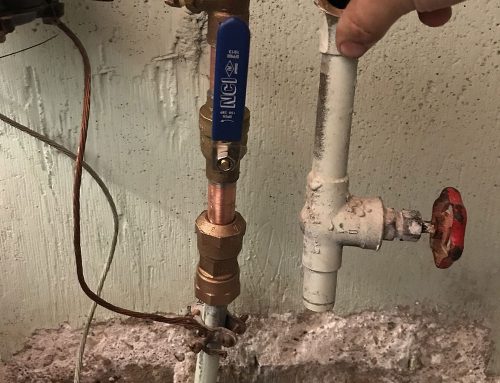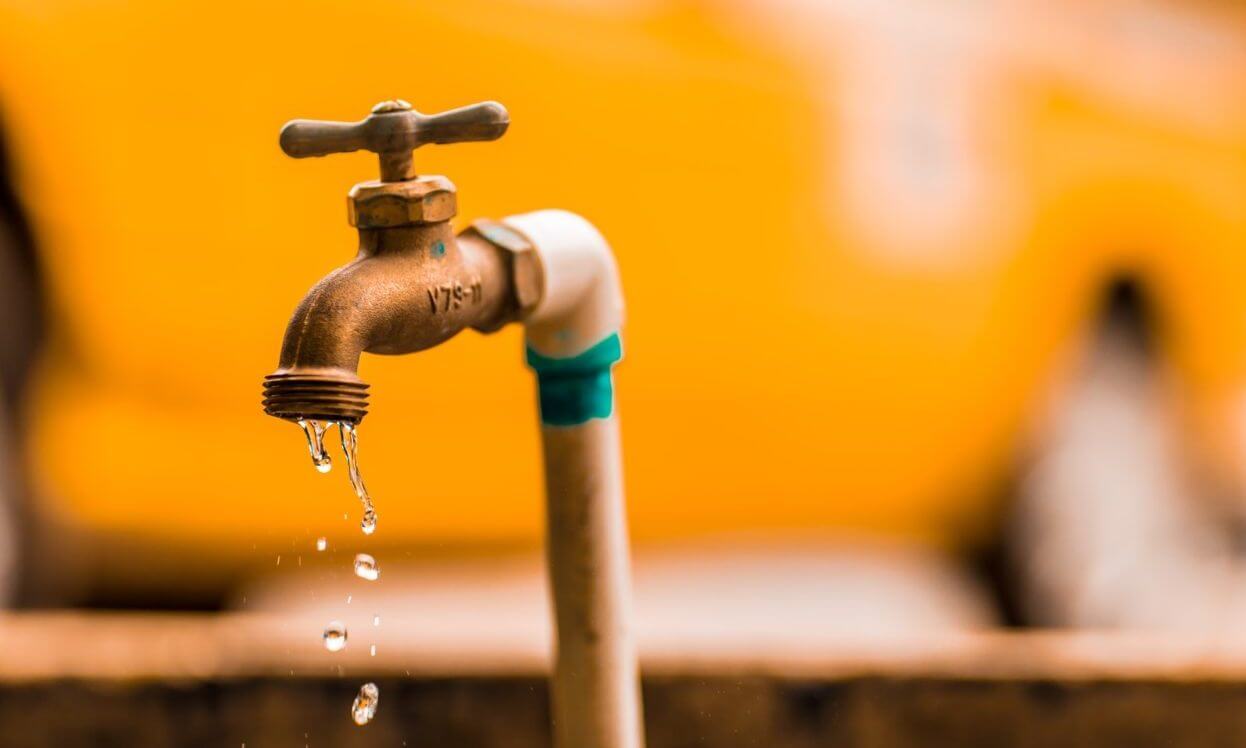How do you feel with regards to How to Handle Plumbing Issues in Your Rental Property?

Taking care of plumbing problems in rental buildings efficiently is important for keeping renter fulfillment and maintaining the residential or commercial property's value. Whether you're a proprietor or a property manager, understanding exactly how to resolve these usual issues can conserve you money and time while making certain conformity with lawful responsibilities. Here's a step-by-step guide on exactly how to manage pipes issues in rental residential or commercial properties.
Establish Clear Interaction
Motivate occupants to report any kind of pipes issues as soon as they occur. Offer multiple communication channels such as phone, email, or a renter website to make it simple for them to reach out. Trigger actions to these reports can avoid minor issues from rising right into significant problems.
Enlighten Lessees
Educate your tenants about what makes up a plumbing emergency situation and what does not. Give guidelines on exactly how to handle minor concerns themselves, such as utilizing a plunger to unblock a toilet. Additionally, educate them regarding what they need to avoid taking down drains pipes to prevent clogs, such as grease, coffee premises, and non-biodegradable items.
Routine Maintenance
Implement a regular upkeep routine for all pipes systems in your leasing residential properties. Routine checks can help identify and settle problems like leaks, slow-moving drains pipes, or corroded pipelines prior to they become significant. Think about hiring a specialist plumbing professional to check the residential properties yearly or semi-annually.
Quick Response to Emergency Situations
Have a plan in position for reacting to pipes emergencies. This should consist of having the contact details of reputable pipes services that supply 24/7 emergency repairs. Quick activity is essential to lessen damage in scenarios like burst pipelines or severe leakages.
Document Whatever
Maintain comprehensive documents of all reported plumbing concerns and the actions taken to settle them. Paperwork needs to include days, summaries of the problem, interaction with renters, and invoices from contractors or plumbing professionals. This information can be vital for insurance claims, tax obligation reductions, and legal security.
Usage Qualified Professionals
Always utilize accredited and insured professionals for considerable pipes fixings and setups. This makes certain that the work is up to code and can assist stay clear of liability issues in case of mishaps or more damages. It also assures occupants that fixings are being handled expertly.
Understand Lawful Duties
Be aware of your legal responsibilities pertaining to pipes and basic home upkeep. A lot of territories call for proprietors to ensure their residential or commercial properties are habitable and that all plumbing systems are in good working order. Failure to deal with severe problems immediately can cause lawsuits from lessees.
Lessee Compensations
If a plumbing issue needs instant attention and the renter deals with the problem on their own, have a clear policy in place for reimbursing costs. Make certain lessees recognize they need to get previous approval for higher-cost fixings unless it's an outright emergency situation.
Preventive Upgrades
Think about upgrading older plumbing systems and fixtures to more modern-day, reliable designs. This can minimize the frequency and severity of pipes concerns and lower long-term upkeep prices. It's likewise a selling point for potential lessees that value upgrades and modern features.
Lessee Move-Out Inspections
Conduct complete plumbing checks during move-out examinations to make sure that any issues are recognized and dealt with before a brand-new renter moves in. This stops conflicts with brand-new occupants over pre-existing problems and ensures the property remains in top problem.
Conclusion
Taking care of pipes issues in rental buildings needs an aggressive technique and good interaction with tenants. By remaining on top of maintenance, reacting promptly to emergency situations, and using professional experts, proprietors can keep their properties in exceptional problem and maintain excellent relationships with occupants.
How to Handle Water Damage in a Rental Property
What is Water Damage?
Water damage is harm or destruction caused by water entering areas where it is not supposed to be. It can be caused by a variety of sources and can manifest in different ways. The most common examples of water damage include:
Leaking roof Plumbing leaks Appliance malfunctions Poor drainage Flooding Sewage backup Condensation Tenant negligence HVAC system issues Frozen pipes Is water damage dangerous?
Water damage itself is not inherently dangerous, but it can lead to various hazards and health risks if not promptly and properly addressed. The severity of these risks depends on the extent of the water damage, the source of the water, and how quickly it is mitigated.
Some potential dangers associated with water damage include structural damage, mold and bacterial growth, electrical hazards, water contamination, and pest infestations. In situations where mold and mildew have gone unaddressed, mold can start to develop within 24-48 hours of water exposure, and this can impose a serious health risk to tenants. In particular, mold spores and damp conditions can lead to respiratory issues and even make existing health problems worse, such as allergies, asthma, or immune disorders.
Water Damage in an Apartment - Who is Responsible?
If the water damage is caused by the tenant’s negligence, the tenant is responsible for the cost of repairs. If the water damage is caused by a defect in the property, the landlord is responsible for the cost of repairs. If the water damage is a result of natural causes, such as excessive rain, then the landlord is responsible, since the water intrusion likely occurred due to a defect in the property. Landlord Responsibility water damage in rental property
Since maintaining habitability is the landlord’s legal responsibility, landlords are responsible for any resulting structural damage caused by water damage. These structural damages may include damage to walls, roofs, ceilings, and flooring. If water damage has affected the rental property’s original structure, the landlord is responsible for repairing or replacing those materials. Therefore, landlords should have property insurance that covers the structural components of their rental property so that they can receive help with the costs of covered events.
Preventative measures can also help landlords avoid massive renovations. Preventative maintenance may include conducting regular inspections to identify and address potential water damage before it becomes a major and urgent problem.
If a landlord fails to meet their responsibilities regarding water damage, it can lead to legal disputes and potential liability. Tenants who believe their landlord is not addressing water damage issues in accordance with California law can seek legal advice or contact local housing authorities for assistance.
https://www.goodlifemgmt.com/blog/water-damage-in-a-rental-property/

I stumbled upon that write up about How to Handle Plumbing Issues in Rental Properties when scouting around the search engines. Appreciated our blog entry? Please share it. Help another person discover it. I am grateful for your time. Return soon.